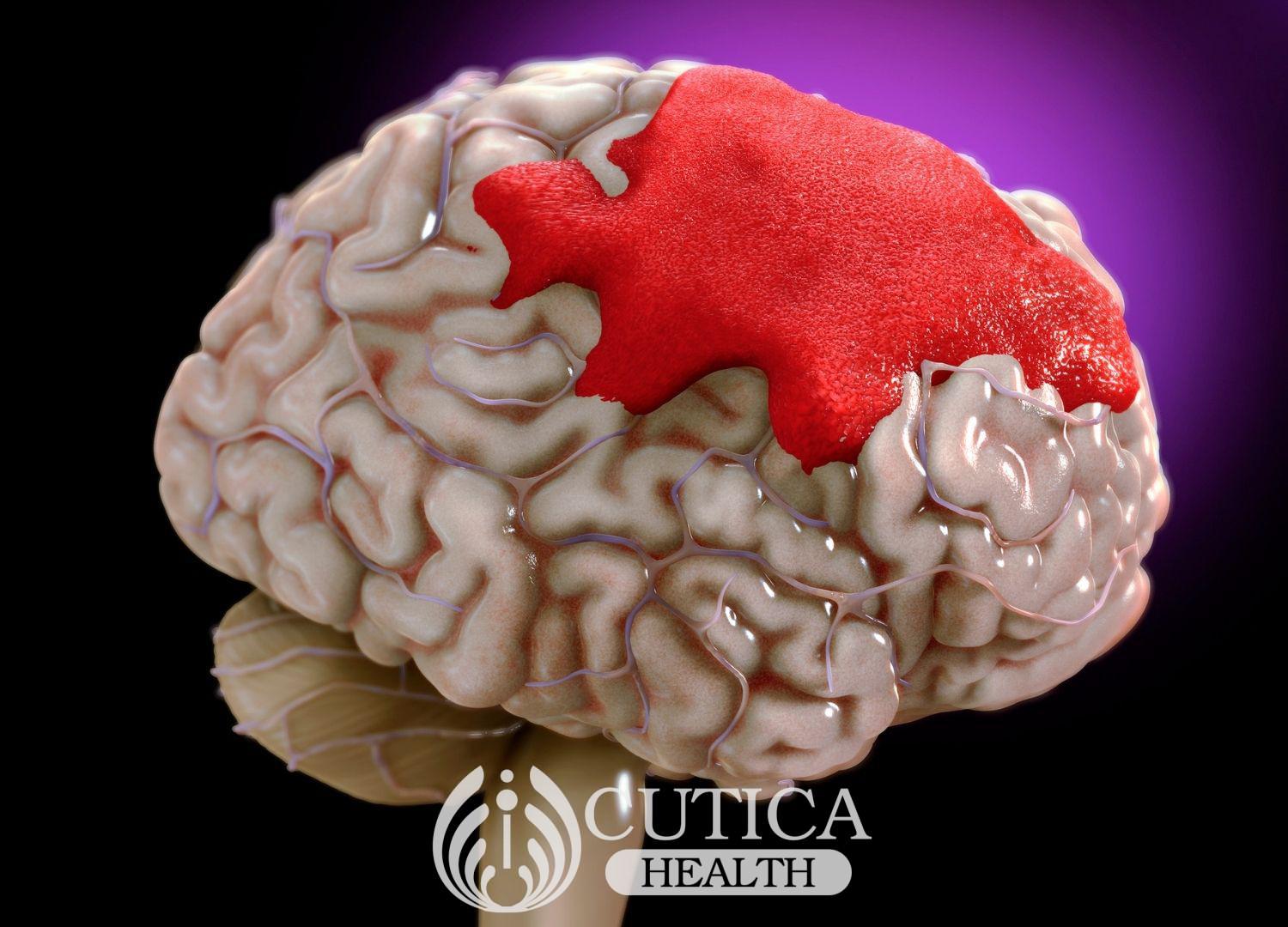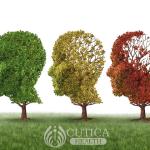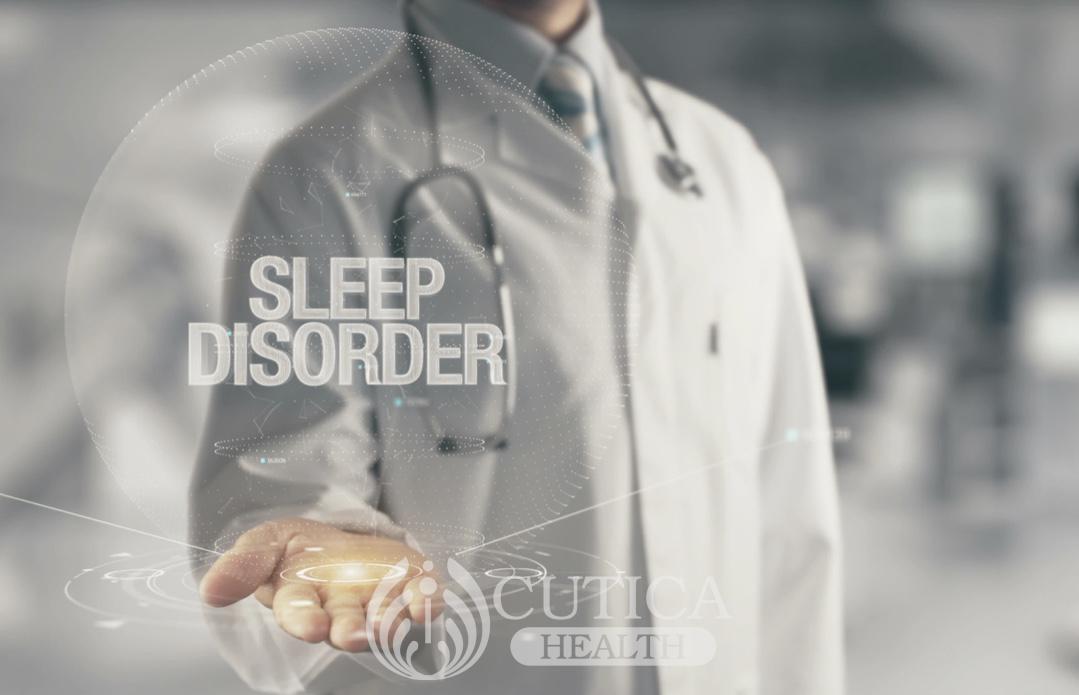
Tremors are involuntary, muscle contractions that follow a particular rhythm that lead to shaking movements of the hands and other parts of the body. Tremors are commoner than you imagine especially among middle-aged and older folks with the hands being most-commonly affected part of the body. The involuntary shaking of the hands and other parts of the body can be constant or intermittent.

Are tremors life- threatening? No. Tremors constitute more of an embarrassment than a threat to life. Although extreme cases can become disabling, they are not necessarily life-threatening.
What causes tremors?
Unfortunately, as with several medical conditions most types of tremor are of unknown causes; however, scientists know this much that tremors are caused by problems deep-seated in the brain especially in the areas that control muscle movement. Some types of tremors are inherited and run in families and tremors often accompany several brain-related diseases such as stroke, brain injury as a result of injuries, age-related diseases associated with nerves like Parkinson's disease,
Apart from these, some known causes of tremors include:
*Medications for asthma treatment
* Caffeine and amphetamine consumption
*Steroid therapy
*Alcohol abuse
*Alcohol withdrawal
* Mercury poisoning
*An overactive thyroid gland
*Liver/kidney failure or simply panic and anxiety.

How do tremors present?
Tremors could be triggered or worsened by intense emotion, stress and certain postures and can present as rhythmic shaking of the hands, legs, a shaky voice, writing difficulty, drawing difficulty and difficulty holding a spoon and knife.
How many types of tremors exist out there?
*Physiologic tremor: this is normal and not considered a disease. It occurs in virtually every person but it's usually imperceptible to the eyes
*Enhanced physiologic tremor: this is still “normal” and not considered a disease. It is more visible and usually accompanies factors like an overactive thyroid gland, alcohol abuse as well as alcohol withdrawal.
* Psychogenic tremor/ functional tremor: this type of tremor usually affects all parts of the body, occurs abruptly and disappears when the individual is distracted. It is usually triggered by stress and doctors believe that individuals who suffer from psychogenic or functional tremors often have an underlying mental health disease.
*Essential tremor: this type of trauma occurs on both sides of the body typically affecting both hands and arms occurring when in relation to an action or standing still. Essential tremors are often inherited and are worsened by fever, physical exhaustion, intense emotion, low blood sugar, and stress.
*Cerebellar tremor: cerebral tremors are very visible type of tremors occurring after an action like operating a switch or pressing the button. The can result from chronic damage to the cerebellum, the part of the brain that coordinates movements.

*Orthostatic tremor: this is a rare type of tremor that occurs while standing and typically affects the legs.
*Parkinsonian tremor: this type of tremors occur as a complication of Parkinson's disease although not all persons with Parkinson's suffer from this type of tremor. Like some other tremors, Parkinsonian tremors could be heightened by intense emotion.
How are tremors diagnosed and treated?
Sometimes, tremors are so mild that they require no treatment. In some cases, they can be treated using medicines that block the excessive nerve action causing the irregular movements or treating the underlying cause of the problem. In severe cases, they may require surgical treatment, in which the part of the brain implicated in the tremors is removed or stimulated in a medical procedure called Deep Brain Stimulation.

Take-home message: there are several types of tremors; some are nothing to worry about and a normal product of the body’s function. However, if it persists or becomes visible, it may require urgent medical evaluation.












